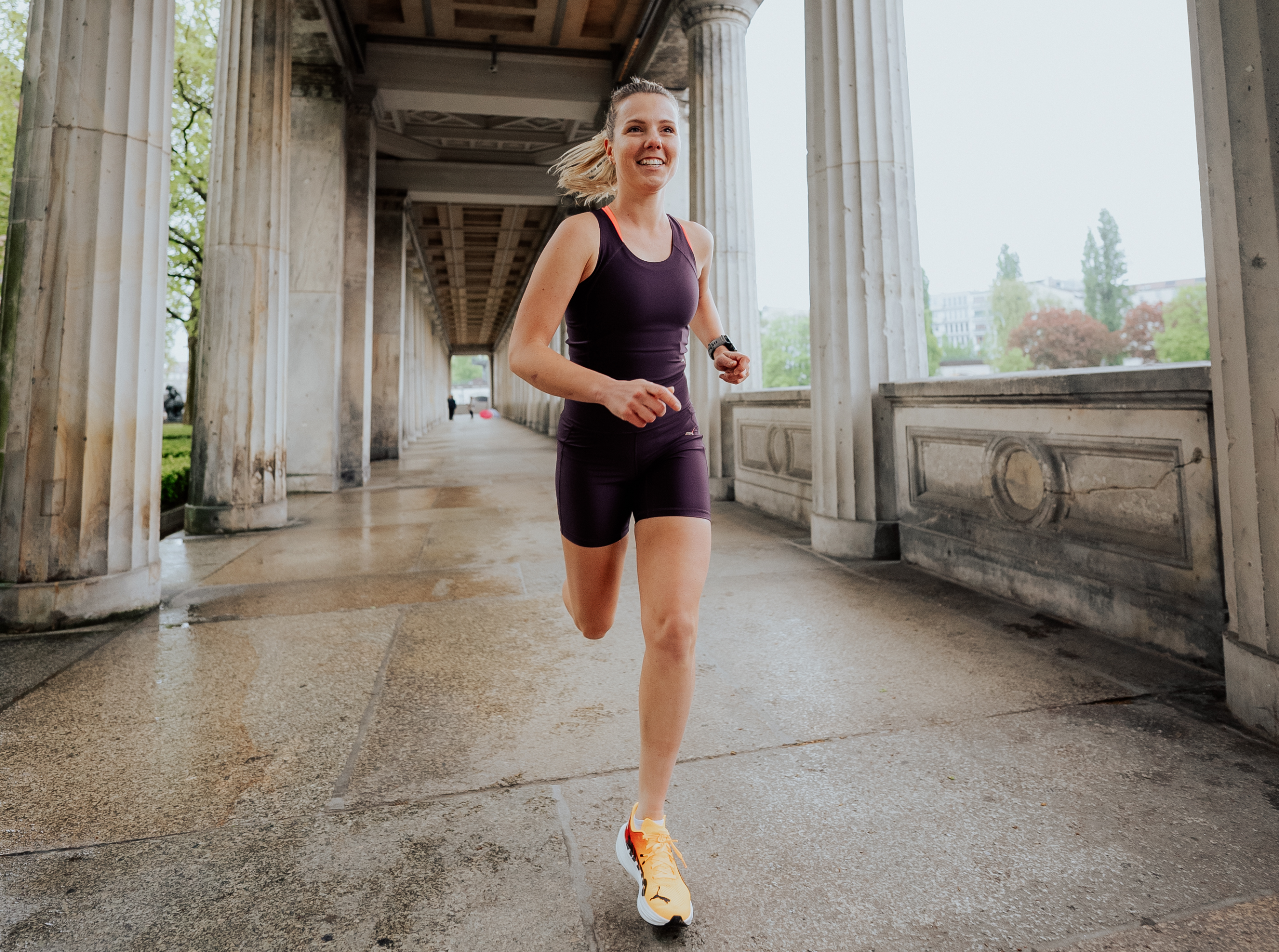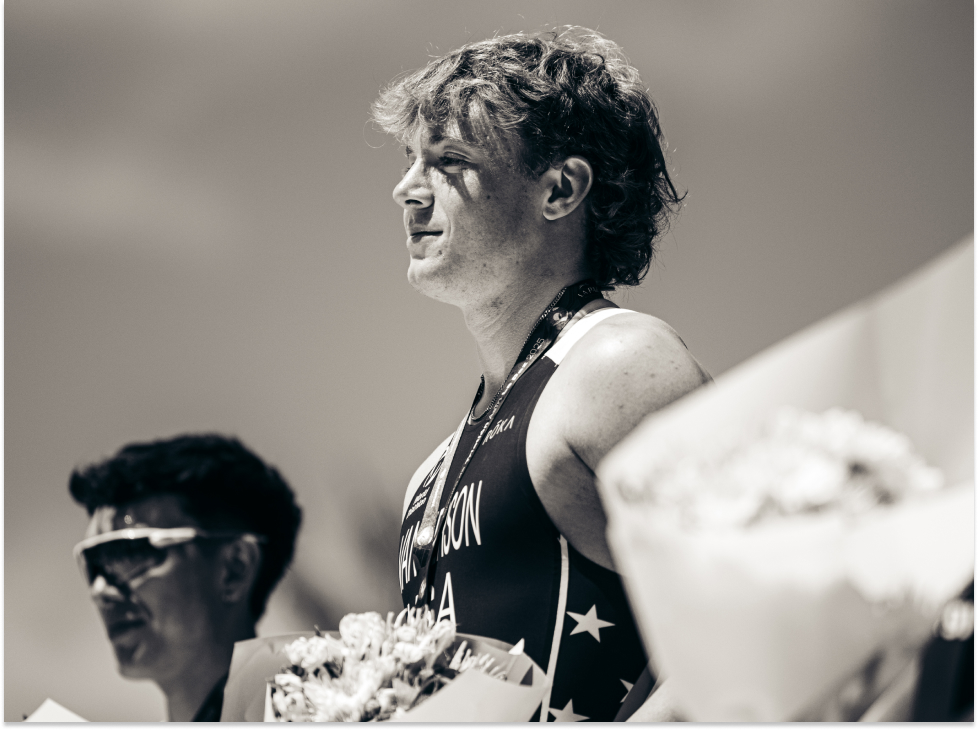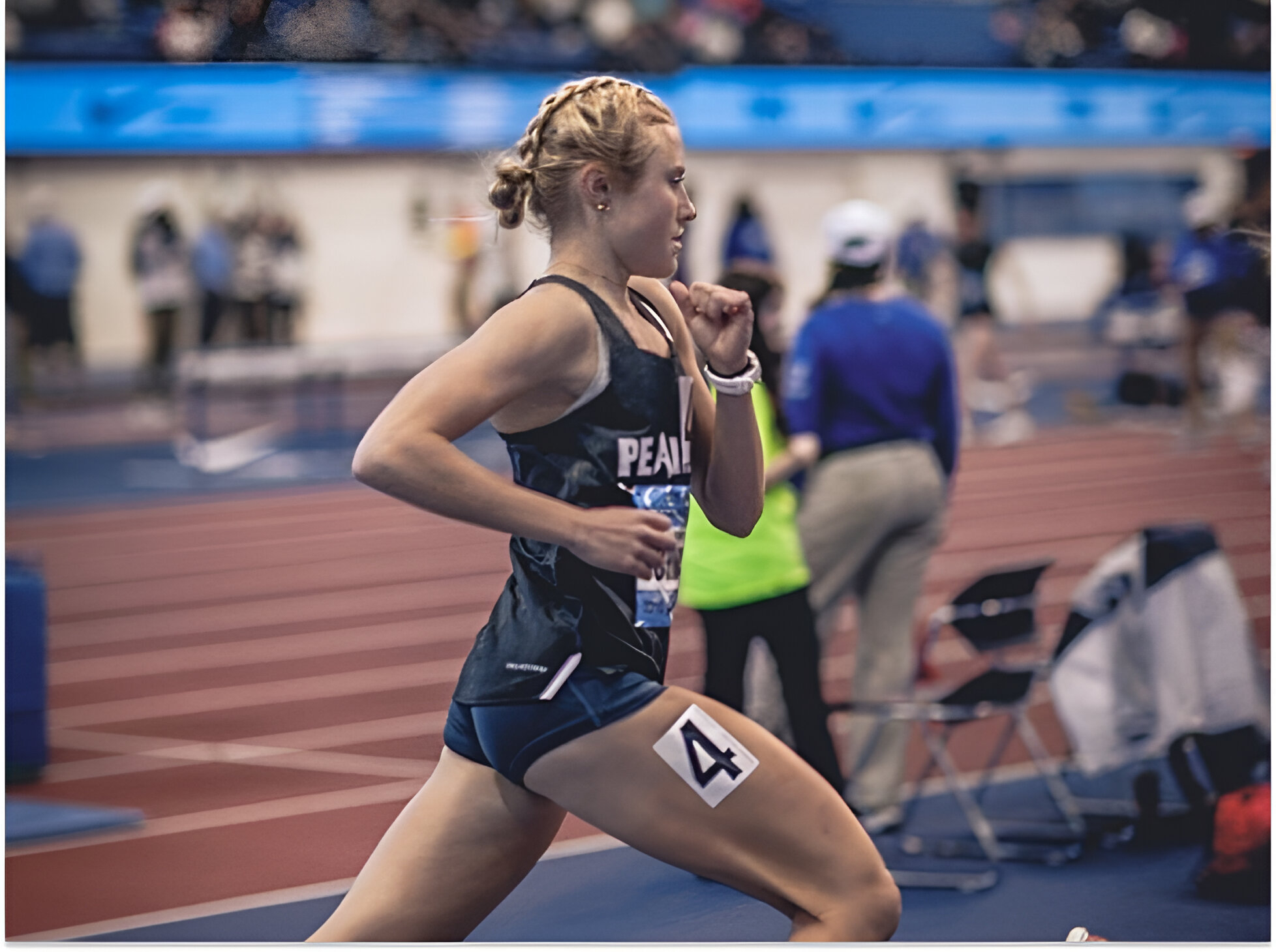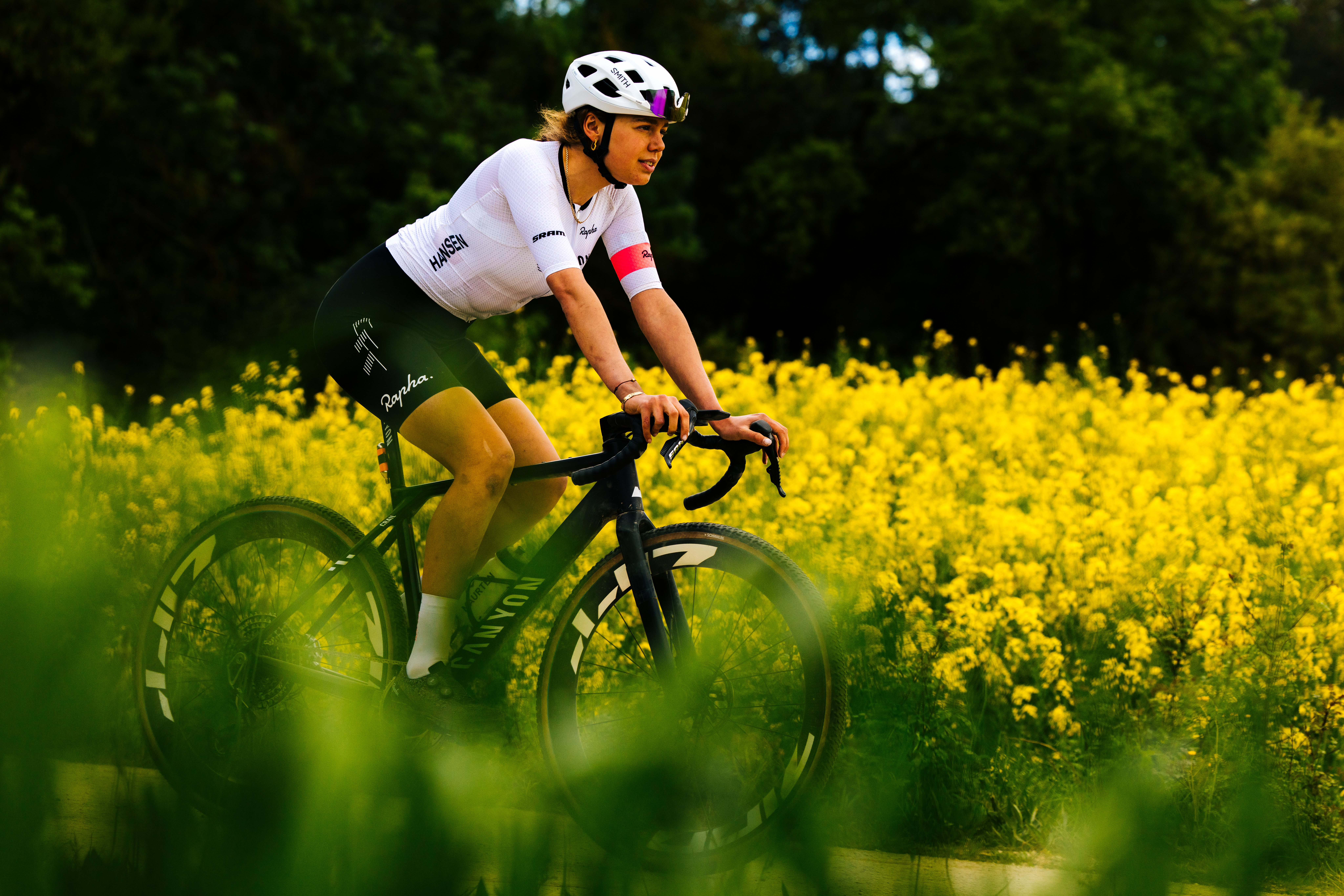Most athletes have heard of “base training,” but despite best intentions, many still approach the base season incorrectly. Missteps in this foundational phase can limit your potential later in the season. For me, understanding the science behind my workouts keeps me motivated and focused. Here’s a deep dive into the purpose and goals behind base training, and how I personally structure my early season training plan to reach my racing goals.
What is Base Training?
Base training, like the term suggests, is the foundation in which the rest of your training is built. It’s not just about logging lots of miles or long durations early in the year. It's also about the physiological changes that your body makes during this type of training. These include increased stroke volume (more blood per heartbeat), expanded capillary networks to deliver oxygen to your muscles, and more mitochondria to power sustained effort.
This type of training happens predominantly in the aerobic zone. Aerobic means “with oxygen” and is completed when your body is operating with a sufficient supply of oxygen. When you train too hard, and enter into an anaerobic zone, your body is unable to make these changes.
I utilize both heart rate and power zones on my COROS DURA to track my effort during my ride to ensure that I’m not going above lactate threshold. Over time, I track aerobic progress by comparing heart rate and power. When my power increases while heart rate remains steady, I know I’m adapting.
Coach's Tip: Training in the right zone starts with accurate heart rate data. The COROS Heart Rate Monitor provides reliable, arm-based readings to help ensure you train in the right zone. Learn more about heart rate zones.
My Approach to Base Season
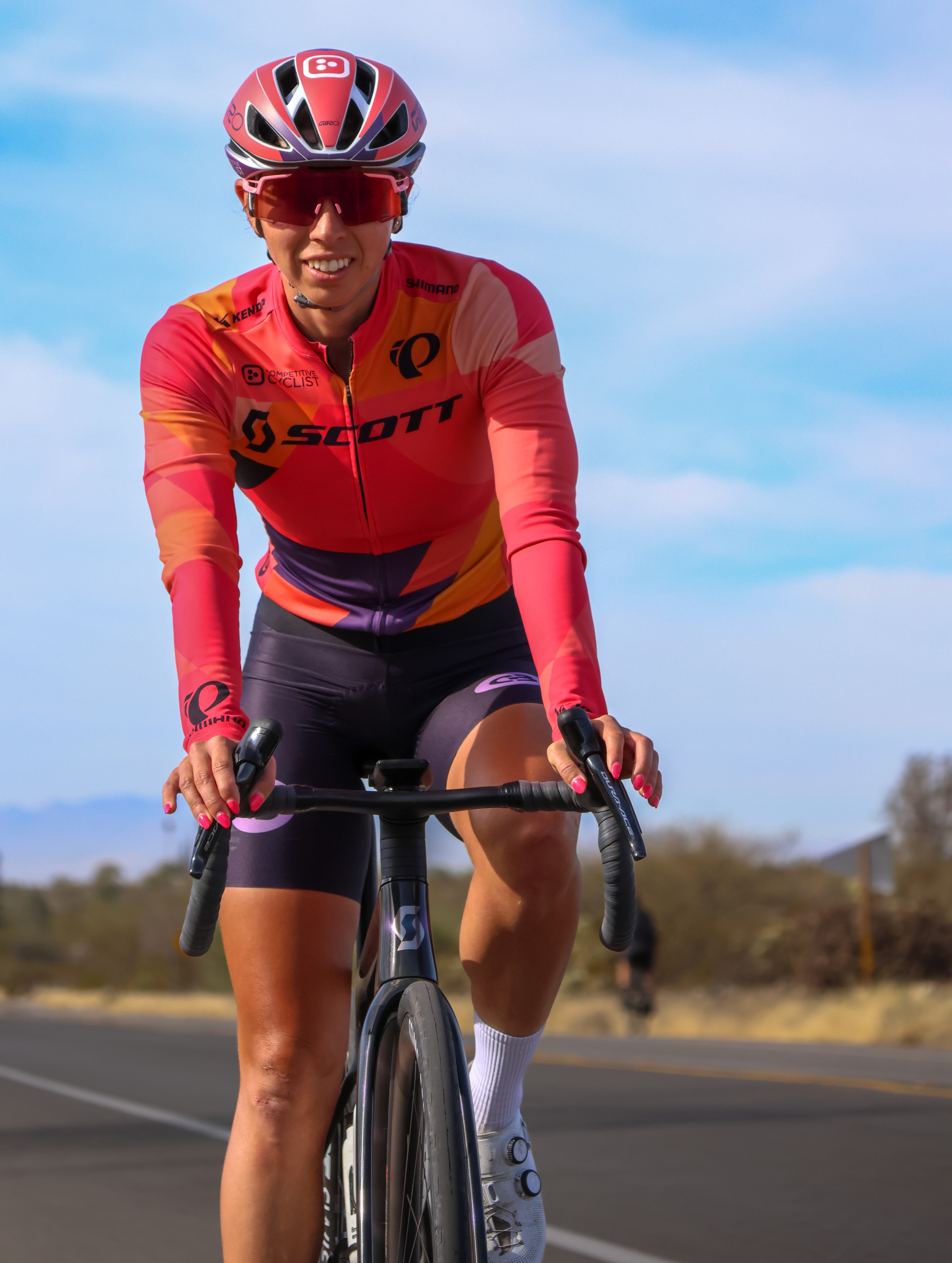
I’ve been training for endurance sports for over two decades, with nine of those years as a professional athlete. It’s safe to say that my long-term base is pretty well established. My body has made these adaptations over years of work and my base seasons are now spent fine tuning and pushing into new and uncharted territories.
Novel Stimulus Creates Novel Results
It’s been said before, “Insanity is doing the same thing over and over again, expecting a different result.” If I train the same way every season, I can expect to perform the same way. That’s why I introduce changes every base season. Sometimes that means completing more hours than ever before and sometimes it means pushing the intensity (while still staying in the aerobic zones).
It's important to understand that Zone 2 rides and sweet spot rides are both in the aerobic category. While they aren’t interchangeable, the higher-end aerobic work can help produce more stimulus in less time - all while staying below threshold.
For me, completing a 4+ hour aerobic ride every day of the week wouldn’t be enough stimulus despite the high hours. Instead, I add aerobic intervals to produce greater stimulus. While I follow this formula for 20+ hour training weeks, the same concept can apply to a time-crunched athlete who needs to find greater stimulus after maxing out their available training time.
Sample Workout (Download Here)
- 10 min @ sweet spot
- 5 min easy
- 7.5 min @ sweet spot
- 2.5 min easy
- Repeat for 75 min, then finish with Zone 2.
Total ride time: 4.5 hours
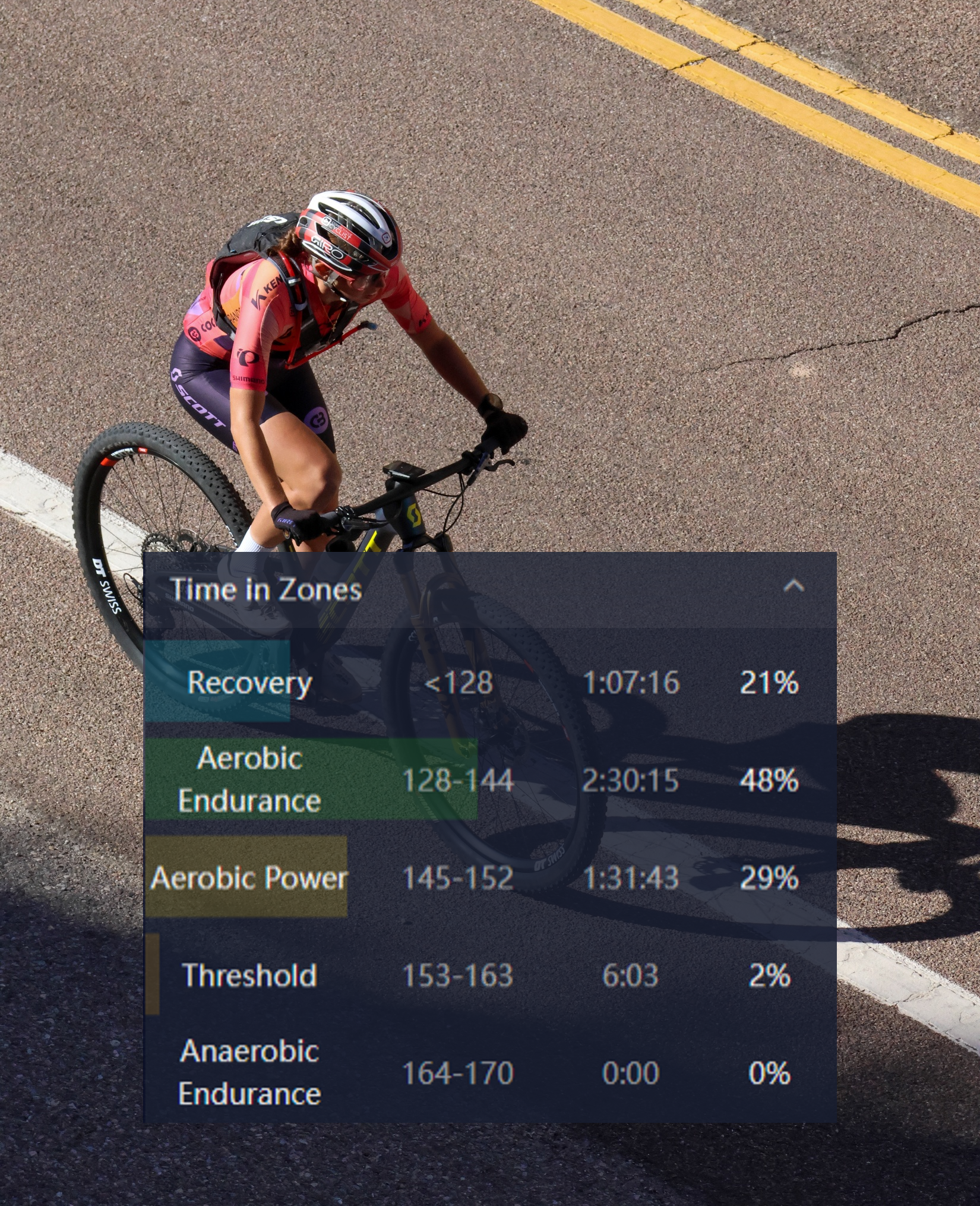
Consistency beats Heroic Efforts
During the base training season, you’ll often see people boasting about their massive weeks or even single day pushes. While there can be a time and place for that, your cumulative training matters more. Base season isn’t about single big days, it’s about cumulative stress over time. One 6-hour ride won’t move the needle if it forces multiple recovery days. Three consistent 3-hour rides often bring more benefit.
Years ago, I used to plan for huge 1 week training blocks, largely because I lived in a cold place and could only travel to a warmer environment for one week at a time. But those 30-hour weeks often meant dropping back to 15 hours once I returned to winter conditions. Now that I'm training full-time in Tucson, I can hold steady high-volume weeks and my monthly totals are higher.
Related: Winter weather can vary depending on where you live. For those training in snowy environments, check out our article on cycling in winter conditions!
Planning Ahead
Remember that base training is building a foundation in your body that will help keep you resilient throughout the entire season. Once you start racing, you’ll need to spend more time tapering and recovering, and less time accumulating aerobic adaptations. What you build now supports not just your early races, but your performance deep into the season.
/fit-in/0x18/coros-v2/images/common/logo_black.png)
